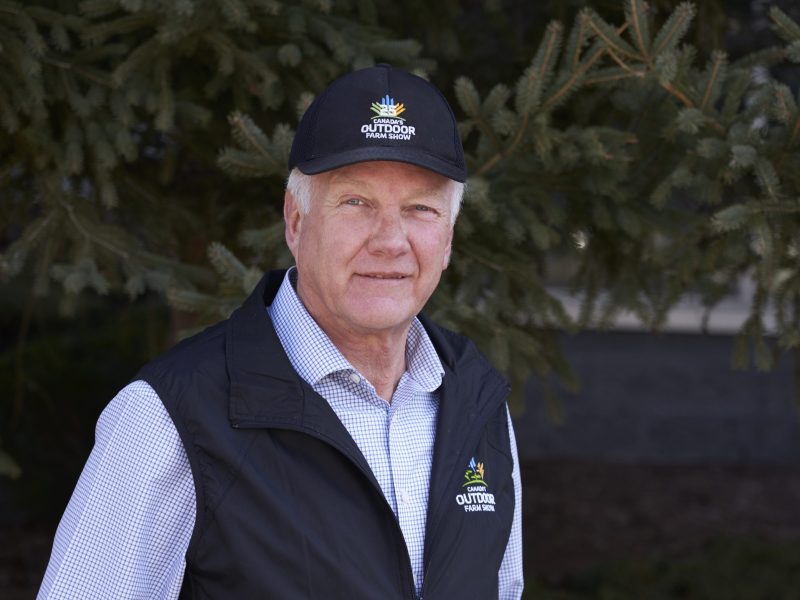New Tools for New Tillage
Conservation tillage calls for new equipment and methods
Agriculture is on the cutting edge of producing new research that constantly alters best practices and the newest technology available to farmers to make their operation as efficient as possible. This doesn’t always mean the latest electronics or robots — sometimes this can mean simply updating new equipment to reflect new needs.
Reduced or no-till systems have been adopted by many farmers as a way to improve soil health and increase their bottom line — but there’s more to it than simply removing tillage. It’s important that farmers consider the needs and future needs of the field to maximize the benefits and reduce any drawbacks of adopting a reduced or no-till system across all their fields. One of these considerations is ensuring the right equipment for the job is on the farm. Conservation tillage in the fall on corn stalks allows for soybeans to be planted in the spring without further tillage and then wheat can be no tilled after soybean harvest.
“Currently, farmers are choosing from no-till or reduced tillage systems. Most farmers are electing to do a conservation tillage approach. Fall tillage of corn stalks is beneficial to the field — it improves organic matter and microorganism activity, levels of the field, and helps keep phosphates in the soil,” says Patrick Lynch, Certified Crop Advisor. “Sometimes, this is performed by older pieces of conservation tillage — whatever the farmer has been using.”
According to Lynch, these older pieces of tillage just do not perform as well as newer models, do not bury residue evenly, while also requiring passes in both the fall and spring. He says newer models allow farmers to do one pass in the fall and leave it ready for planting.
“Most farmers are electing to do a conservation tillage approach. Fall tillage of corn stalks is beneficial to the field — it improves organic matter and microorganism activity, levels of the field, and helps keep phosphates in the soil,” says Patrick Lynch, Certified Crop Advisor.”
“No-till in the spring decreases the overall trips across the field, saving time and money. It also aids in the bonding of phosphorus to the soil; this is especially important when a grower is broadcasting fertilizer after a corn crop for the next two crops.”
This results in the need for farmers to have a piece of conservation tillage in their lineup. Tillage equipment is replaced the most often, so farmers can keep up with new innovations and strategies that are developed as more research is conducted. ]
Some tillage is needed to incorporate stalks into the soil. Lynch says 45-50% ground cover of corn stalks in the fall and 35% in the spring will help maintain and/ or reduce erosion to acceptable levels. Less residue to handle in the fall results in fewer passes while keeping the benefits.
This year, Canada’s Outdoor Farm Show (COFS) will demonstrate various pieces of tillage equipment and techniques to achieve a 50% fall ground cover.
The Tackling Corn Stalks Demo will feature how various companies handle corn stalks in whatever manner they believe is best. This flexible, farm-focused demonstration will help farmers compare both brands and tillage techniques for a truly customizable solution for any field. The Tackling Corn Stalks Demonstration will take place daily at 12:30 p.m. in the Southwest Demo Field during COFS.
Recent Posts
-
WOODSTOCK, Ont. – Discovery Farm Woodstock is pleased to share the news that...Feb 15, 2023 / Comments: 0
-
The Calgary, AB farm conference, the Farm Forum Event, has been acquired by...Oct 17, 2018 / Comments: 0
-
Woodstock, Ont., Sept. 21, 2023 – Farmers and visitors attended Canada’s...Sep 25, 2023 / Comments: 0
-
Woodstock, Ont., Sept. 21, 2022 – Visitors to Canada’s Outdoor Farm Show on...Sep 21, 2022 / Comments: 0


